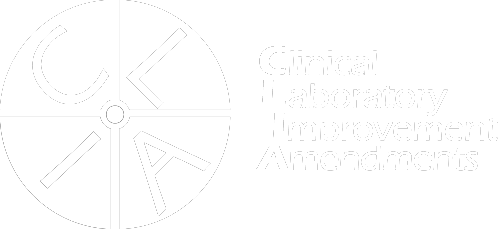Richmond, Va. – Using hair as a method of detection for drug use is not new in forensics. Hair’s long window of detection and the relative ease of collection make hair an excellent choice for testing. Hair can be collected from several areas on the body, and drugs can be detected several days after use. Drug use can continue show up in hair up to a year after use, depending on the length of the hair strand[1]. For this reason and others – including that hair is difficult to adulterate or substitute[2],[3] – hair testing in substance use monitoring is becoming more common.
An important factor in hair testing to consider is how the drugs got into the hair strand. Drugs can be deposited from the blood by diffusion into a hair follicle, where they then grow into the hair shaft and bind to hair proteins. Drugs may also integrate into the hair through sweat or even through environmental exposure (e.g. smoke). To reduce the likelihood that results are due to environmental contamination, Averhealth washes all hair samples prior to testing. The extent to which a drug incorporates itself into hair depends on the drug, amount used, amount of exposure, color and texture of hair, whether hair is damaged or subjected to coloring or chemical processes, or how much of the drug is lost from leaching due to normal hygiene routines. A positive result indicates drug exposure, but it may not be possible to say how that exposure occurred.
Children, teenagers, and young adults typically have faster hair growth rates than older adults. This can alter the window of detection due to growth rate, growth cycle, and length of hair. However, hair does not keep growing indefinitely. After a growth period (called the anagen phase), the follicle goes into a transient period (catagen phase) in which it begins to shut down. Eventually, the follicle degenerates and the hair falls out (telogen phase)[4]. The cycle begins again, and a new hair shaft is produced. These phases are ongoing and do not necessarily align – different strands of hair may be in different growth phases.
Head hair grows faster than body hair and may grow for several years before entering the catagen (transient) phase. A time-course of drug use can be determined by performing a segmental analysis[5]. In other words, a sequence can be created mapping a person’s drug use based on where the drug shows up on a strand of hair. For this reason, the most common use of hair to detect drug use is in “re-granting of the driving license, workplace drug testing, patients following a substitutive program, in forensic toxicology, in cases of child custody, etc.”[6]
Hair closest to the head represents the most recent drug use. For example, a segment of head hair 1.5 inches from the scalp will represent up to 90 days of drug use. For very long hair, segmental analysis can give a broader timeline. Body hair can represent anywhere from a few months to a year of drug use, though this varies between individuals. It is possible for head hair and body hair from the same individual to provide differing test results due to growth cycles and environmental factors[7].
Interpretation of hair test results is generally positive or negative. While some studies have shown correlations between dose and amount of drug in hair, results are not conclusive enough to rely on in substance use monitoring[8]. While positive results represent cumulative exposure over the applicable time frame, a positive head hair result indicates drug use or exposure within the previous 90 days (unless segmental analysis was performed on a long hair specimen). A positive body hair result indicates drug use or exposure within the previous several months to a year. A negative result could indicate no drug use or exposure. However, negative results could also appear if:
- Hair has been treated or damaged
- Hair is very light in color
- Exposure to a drug only happened on a single occasion
- A drug that does not partition well into hair was used
Hair test results may not correlate exactly with urine, blood or oral fluid test results. Some drugs, such benzodiazepines or THC, do not partition easily into hair or oral fluid but can be detected in urine for extended periods.
- Tzatzarakis et al. (April 2017). Comparative Evaluation of Drug Deposition in Hair Samples Collected from Different Anatomical Body Sites. International Journal of Toxicology, 41(3):214-223. https://doi.org/10.1093/jat/bkw127.
- Boumba, V.A., Ziavrou, K.S., and Vougiouklakis, T. (June 2006). Hair as a Biological Indicator of Drug Use, Drug Abuse, or Chronic Exposure to Environmental Toxicants. International Journal of Toxicology, 25(3):143-163. DOI: 10.1080/10915810600683028
- Negrusz and Cooper, Eds. (2013). Clarke’s Analytical Forensic Toxicology, 2nd Ed. Pharmaceutical Press. ISBN 978-0-85711-054-1.
- Boumba, V.A., Ziavrou, K.S., and Vougiouklakis, T. (June 2006).
- Boumba, V.A., Ziavrou, K.S., and Vougiouklakis, T. (June 2006).
- Tzatzarakis et al. (April 2017). p. 215.
- Tzatzarakis et al. (April 2017).
- Boumba, V.A., Ziavrou, K.S., and Vougiouklakis, T. (June 2006).


